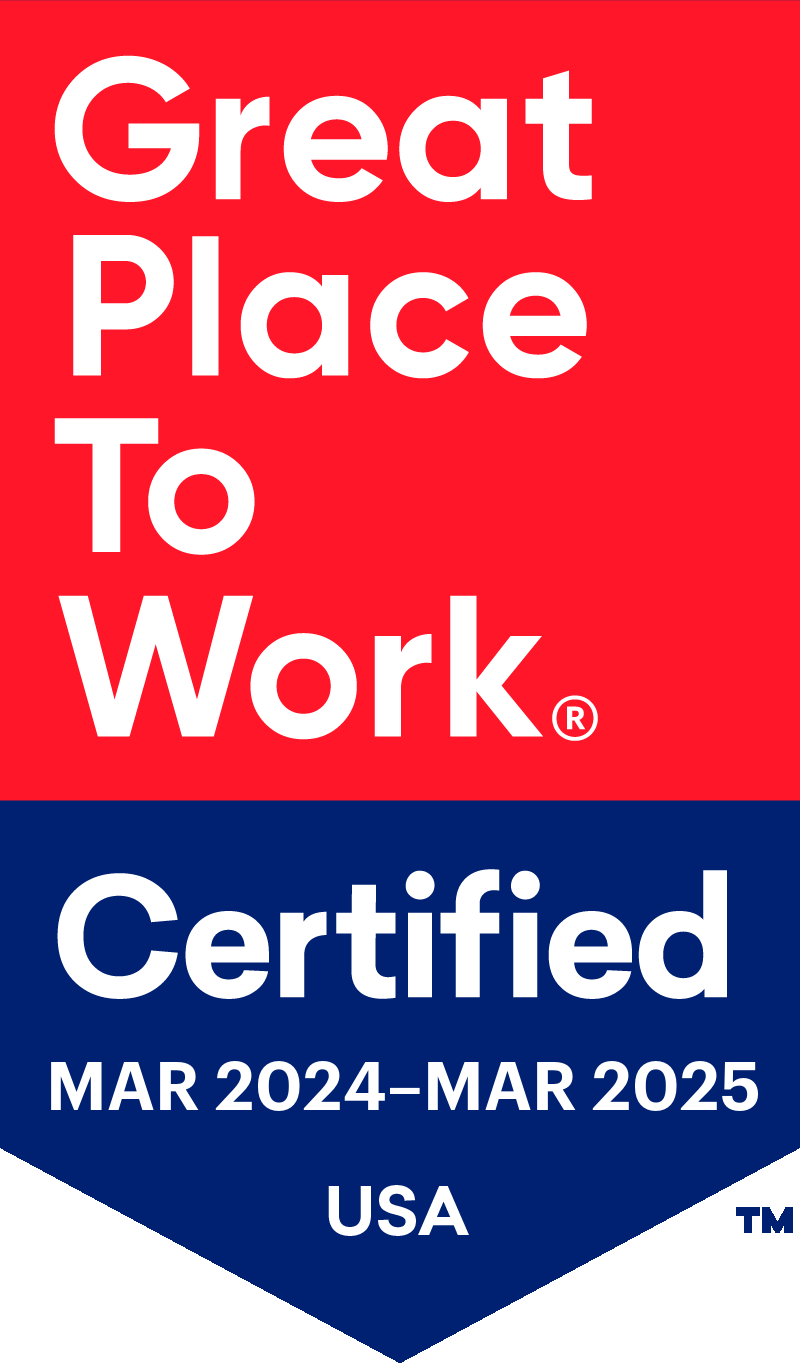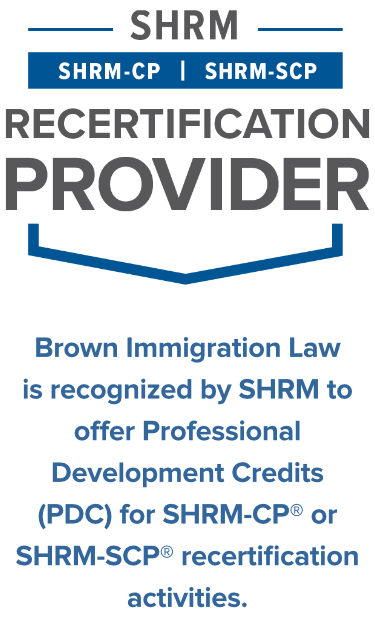L-1 Visa
Basic Use and Requirements
The L-1 visa is for intracompany transferees – employees who have worked abroad for a parent, affiliate or subsidiary of the U.S. company for at least one year within the preceding three years. The work abroad must have been in a managerial or executive capacity or must have involved specialized knowledge, and the work to be performed in the United States must be in one of these three capacities, although not always the same one.
Executives and managers may stay in the U.S. in L-1A status for up to seven years. Specialized knowledge employees may stay in the U.S. in L-1B status for up to five years. The visas are granted initially for three years, and are renewable in two-year increments. The availability of multiple-entry visas depends on the reciprocity granted to nationals of that country by the U.S. government.
Eligibility Criteria
The U.S. sponsor company must demonstrate it has a qualifying relationship between it and the parent, affiliate, or subsidiary abroad; meaning the U.S. or foreign company holds at least 50% ownership in the other company.
The employee must show that s/he has worked for the company abroad for at least one year full-time in the last three years in the capacity in which s/he will work in the U.S. (although managers may transfer into an executive position, and vice versa).
Advantages
Generally a petition can be processed by the USCIS in 60-70 days vs. an average of 3-4 months for an H-1B visa; and L-1 applications, although subject to the $500 Fraud Prevention Fee, are not required to pay a $750 or $1500 Education & Training Fee (which is required of H-1Bs).
Employee is not required to meet the educational requirements of the H-1B category and can temporarily work at other U.S. locations of the company, unlike workers with H-1B visas, who may have to amend their H-1B status to add job locations.
Persons qualifying as an L-1A have an expedited route to a “Green Card” as they are able to bypass the labor certification filing, and they qualify in an EB-1 category, which is not currently subjected to backlogs for most countries.
This visa is eligible for Premium Processing by the USCIS.
Special Notes
Persons coming to open up a new office in the U.S. are only eligible for an initial one-year stay in the U.S. The USCIS will also typically scrutinize the business plan of the company, and review the prospects for future success of the operation at the time of the renewal.
The USCIS may closely scrutinize cases where the transferred employee also has an ownership interest in the company, since the USCIS may not believe the owner intends to ever leave the U.S., or may suspect that the foreign company will cease business during the L-1’s period of stay.
Steps of the Case
Step 1 – Initial Preparation
Required documents are submitted along with completed questionnaires. Documents required are as follows:
Resume and copy of employee’s passport and any prior USCIS documents;
Copies of degrees, diplomas, and school records;
Brochures, promotional material, or articles about the company;
Company annual report or financial statements; and
In smaller company situations, copies of stock certificates showing the relationship between companies or common ownership of shareholders.
Once the necessary documentation is received, the application forms and letters are prepared for submission. These documents include:
Required USCIS forms (Form I-129 and L Supplement, Form G-28) and
Company letter supporting the visa petition.
Step 2 – The Visa Petition Process
The petition is submitted to the USCIS Vermont Service Center (VSC) or California Service Center (CSC).
When USCIS approves the petition, it issues an Approval Notice (Form I-797), which is received by the employer representative and transmitted to the employer or employee, as instructed by the employer. The representative will also receive a courtesy copy of the Approval Notice directly from the USCIS.
If the employee is in the U.S., s/he will receive his/her Form I-797 Approval Notice and is authorized to work. The next time the employee leaves the country, s/he should go to the U.S. Consulate to get the visa issued (see Step 3). The employee will be issued a new Form I-94 (showing L-1 status) upon re-entering the U.S. (see Step 4).
If the employee is outside the country, s/he will receive his/her Form I-797 Approval Notice but is not authorized to work until s/he is issued the visa and enters the U.S.. A copy of the approval notice is also sent to the designated U.S. Consulate in the employee’s home country where the employee goes to get the visa issued (Step 3).
Special procedures exist for Canadian citizens, who are eligible to submit the L-1 petition in triplicate directly at a U.S.-Canadian border post or pre-flight inspection office at a Canadian airport. Since Canadian citizens do not require visas to enter the U.S., they can skip Step 3. When the Customs and Border Protection (CBP) officer at the border or airport approves the petition, the employee is given an I-94 card evidencing L-1 status and is permitted to enter.
Step 3 – Visa Issuance
This step is required before the employee can be authorized to work only if, at the time the petition was filed, the employee was: (1) in the U.S. in a “visa waiver” status; or (2) outside the U.S. If the employee was in the U.S. with another visa at the time the petition was filed, and this was duly noted on the petition, the employee is work-authorized as of the date shown on the USCIS Approval Notice and need not leave the U.S.
In most cases, the employee simply reports to the Consulate in his or her home country with a valid passport, a copy of the petition as filed, and original USCIS Approval Notice (Form I-797) to have the visa issued and affixed to the passport. Visa issuing policies are specific to the Consulate you are processing at; therefore, it is important to check with the specific Consulate prior to attending. Consulates in certain countries are less cooperative in issuing visas than others (e.g., Guangzhou, PRC and certain posts in India) and may require additional documentation.
Step 4 – Entry into the U.S.
When the employee arrives at his/her port of entry (the airport or U.S. border crossing), the CBP officer will examine the individual’s passport, visa and USCIS Approval Notice, and then stamp his/her Form I-94 and allow entry.
** This newsletter/memo is provided for informational and discussion purposes only. It does not act as a substitute for direct legal contact on an individual basis **



